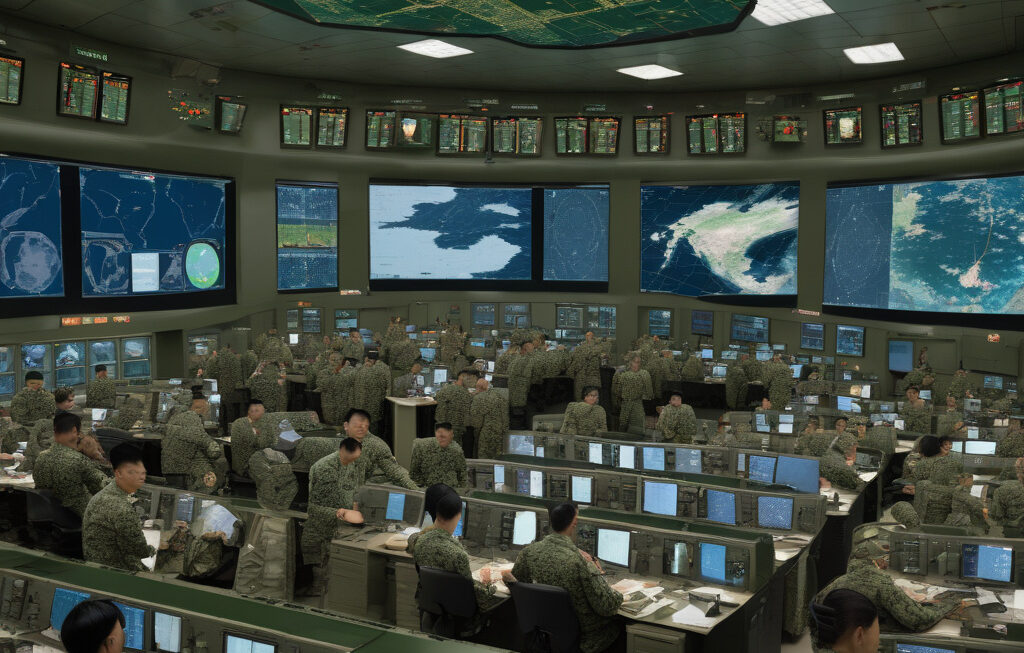Quantum Tech: Unraveling Particle Secrets Beyond Supercomputers’ Reach
A research team from the Technical University of Munich, Princeton University, and Google Quantum AI has made groundbreaking strides in unlocking the mysteries of particle physics using quantum technology. While traditional supercomputers have long been the go-to for complex simulations and calculations, there are inherent limitations to what these machines can achieve. Enter quantum computing, a revolutionary approach that leverages the principles of quantum mechanics to process information in ways that were previously unimaginable.
At the heart of this research is the exploration of particle behavior at the subatomic level, where conventional computing methods fall short due to the immense complexity and intricacies involved. By harnessing the power of quantum bits, or qubits, which can exist in multiple states simultaneously, researchers are able to explore a vast array of possibilities in parallel, enabling them to tackle problems that were once considered intractable.
One of the key advantages of quantum computing in this context is its ability to perform calculations at speeds that far surpass those of classical computers. This exponential increase in processing power allows scientists to delve deeper into the fundamental nature of particles and the forces that govern their interactions. For example, quantum computers can simulate the behavior of particles within a collider with a level of accuracy and detail that was previously unattainable.
Moreover, quantum technology offers a level of precision and efficiency that is unparalleled, providing researchers with new tools to probe the fundamental building blocks of the universe. By harnessing the unique properties of quantum systems, such as superposition and entanglement, scientists can simulate complex physical phenomena with a level of fidelity that was once thought impossible.
In a recent experiment conducted by the research team, quantum algorithms were used to model the behavior of quarks and gluons within a proton, shedding light on the strong nuclear force that binds these particles together. The results of the simulation not only matched theoretical predictions but also revealed new insights into the dynamics of subatomic particles, paving the way for further discoveries in particle physics.
The implications of this research extend far beyond the realm of theoretical physics, with potential applications in a wide range of fields, from materials science to drug discovery. By harnessing the power of quantum technology to unravel the mysteries of the quantum world, scientists are opening up new frontiers of knowledge and pushing the boundaries of what is scientifically achievable.
As we stand on the cusp of a new era in computing, where quantum supremacy is within reach, the collaboration between academia and industry is proving to be instrumental in driving innovation forward. By pooling together expertise from diverse fields, researchers are able to tackle complex challenges with a multidisciplinary approach, leading to novel insights and breakthroughs that were once thought unattainable.
In conclusion, the marriage of quantum technology and particle physics represents a paradigm shift in our understanding of the universe, offering a glimpse into the hidden world of subatomic particles that has long eluded us. As we continue to unlock the secrets of the quantum realm, the possibilities for discovery and innovation are truly limitless.
#QuantumTech, #ParticlePhysics, #Supercomputers, #QuantumComputing, #Innovation












